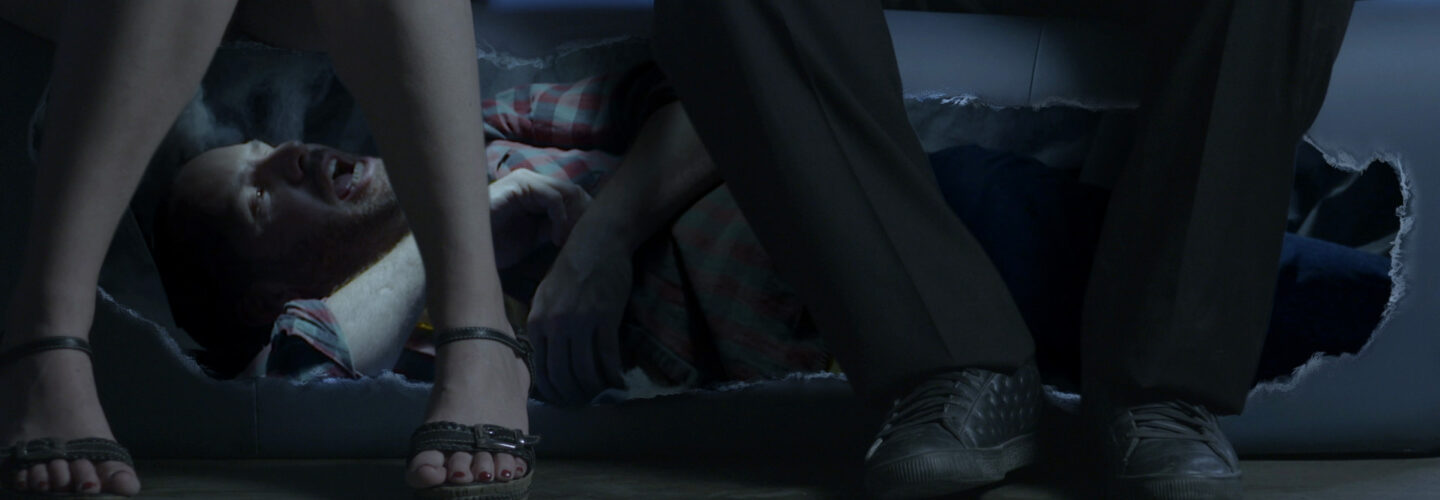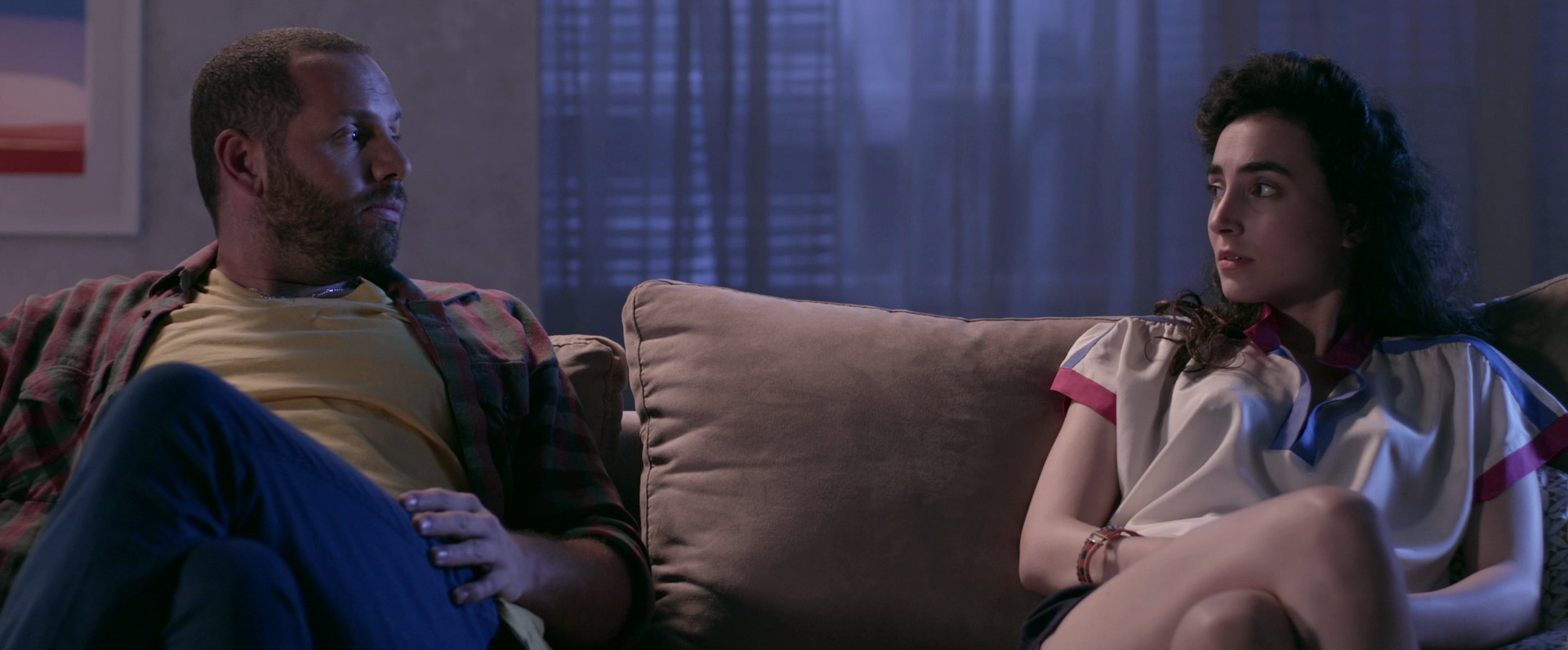
Speaking to our personal and societal addiction to nostalgia and a common desire to return to a (often non-existing) ‘better time’, Israeli Director Rafi Shor’s 21 minute short Killing Time, sees an embattled couple discover the futility of holding onto sentimentality as their past, present and future relationship collides. Rafi takes DN through the mix of hifi and lofi effects he employed within the confines of his ‘borrowed’ set, to transport us through this temporally fluid narrative.
Concept
The main concept I wanted to tackle with Killing Time was nostalgia, which is an ailment of the individual and simultaneously has become a symbol of our times. In the last decade we have seen a complete nostalgia outbreak. Pop culture is constantly feeding on its own past, an endless cycle of regurgitation. In Israel, where the film takes place, the nostalgic sentiment is a built in feature inside the Jewish people’s psyche. The nostalgia to resurrect the Jewish homeland. The nostalgia of the Jewish immigrants coming to Israel from all over the world to their countries of origin. And finally the modern Israeli nostalgia, where in times of constant state of war, the modern Israeli citizen yearns for the Israel of yesteryear: a peaceful place when all was good and none of those pesky Arabs were there to ruin your day. A place that in reality never really existed.
It is after all my art school thesis film: pretentiousness is a key ingredient.
Nostalgia in essence is not a yearning for a place but for a time, it is a rebellion against the fast pace of our time. The nostalgic person yearns to turn his own personal/national mythology into a tangible place where one can go and visit, in the process rebuking the very nature of time. I wanted to fuse the way nostalgia works into the structure of the script and the film, nostalgia hits you like waves coming out of nowhere, its rhythms cryptic to decipher. I tried to fashion the script in the same way. The journey the couple in the film go on, doesn’t take place ‘back in time’ but in a ‘time out of time’. The instrument of this journey is the apartment where they live, a canvas through which they travel in a futile attempt to stop the forward march of time.
Well, this is all starting to sound like seriously heavy shit at this point, let me then stop and say that all of the above thesis-ey stuff is sifted through the strainer of comedy, thank god. The film echoes all of these themes in a humorous way with a touch of pretentiousness. It is after all my art school thesis film: pretentiousness is a key ingredient.
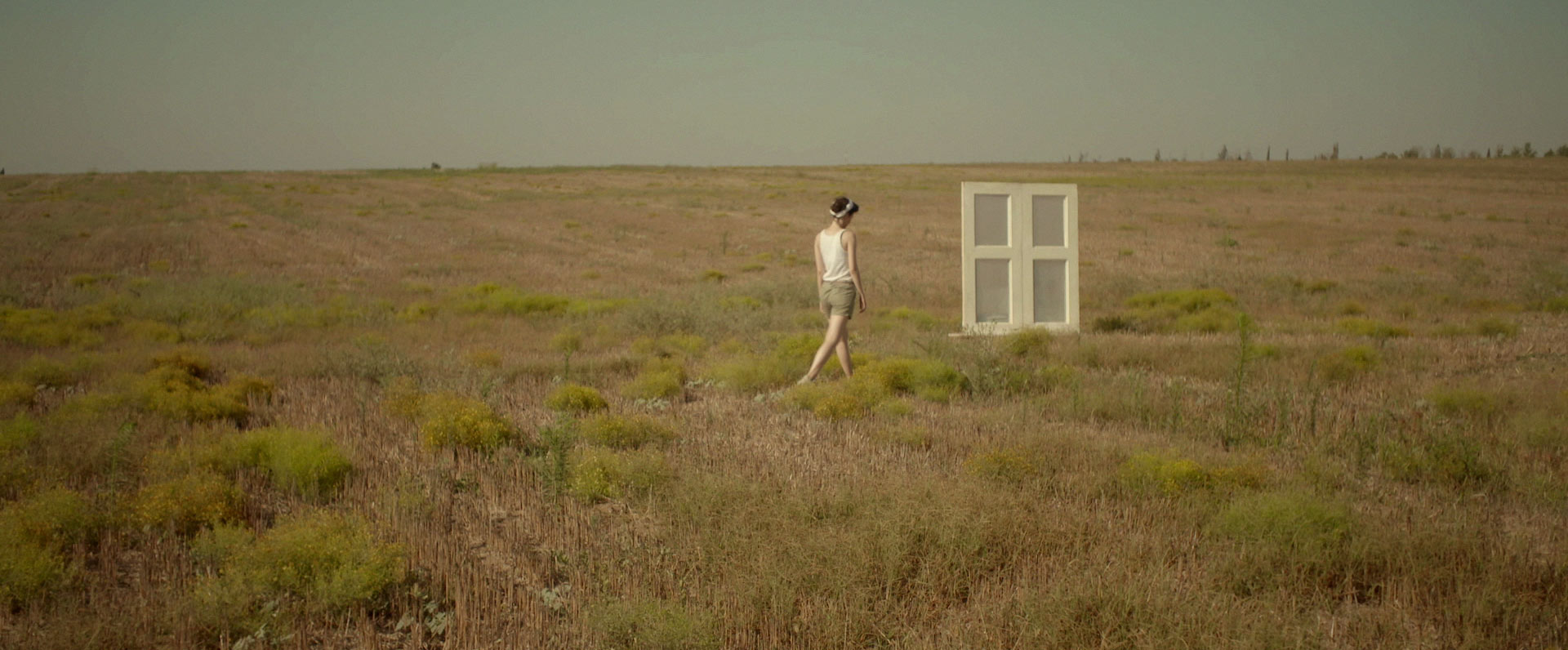
Casting
The film is mostly one location, so the challenge was to find a cast who could carry it, luckily I found the best cast possible, Israeli rock star Gal Toren, perfect for comedy and drama. Bar Sade, accomplished theatre actress. Nir Shoshani, a techno head DJ with a hidden acting talent and last but not least, Elisabeth Kedem, veteran actress of screen and stage whose presence elevates anything she touches.
Production
Production (spear headed by Yakir Avrahami) was six days of shooting inside the studio and one external day. We shot the film on a Sony F5. The DIY aesthetic created by the great Art Director Hagar Brotman, required quick thinking, the walls of the set were “borrowed” from a defunct hospital inside of which a sitcom wrapped its production. Shooting was continuous, so each night Hagar had to work all night to redress the set for the following day. Shooting in such a confined space required a lot of ingenuity. Luckily I had an amazing DOP in Eli Arenson together with the wonderful lighting chief Eric Mizrahi, together we crafted the look and feel of the film.
The majority of the film takes place on a very small set, so our major challenge was to keep things fresh and interesting. We tackled the problem in a couple of ways. The first was creating a unique color pallet for each scene, the set color scheme starts off grey in the present, moves to golden brown for the recent past scene, eighties green for the eighties scene and for the future scene, a futuristic blue-silver pallet. Every scene was redressed according to period, finding unique practical lighting objects helped set a tone for each scene. Lighting played a key role also, each scene had a unique lighting setup giving a distinct ton: from evening to hazy morning, weirdish dusk for the eighties and lightning storm fun for the future scene.
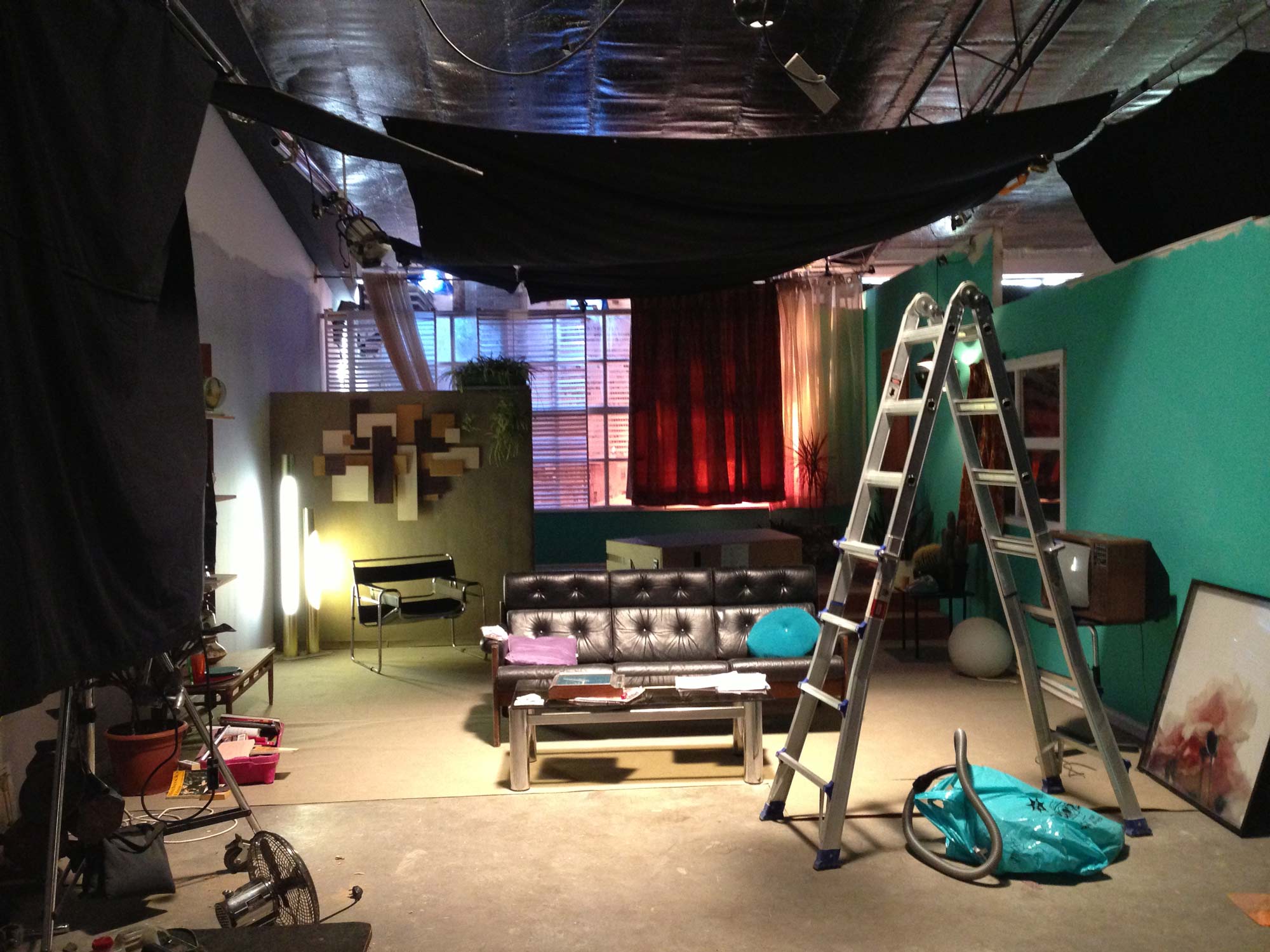
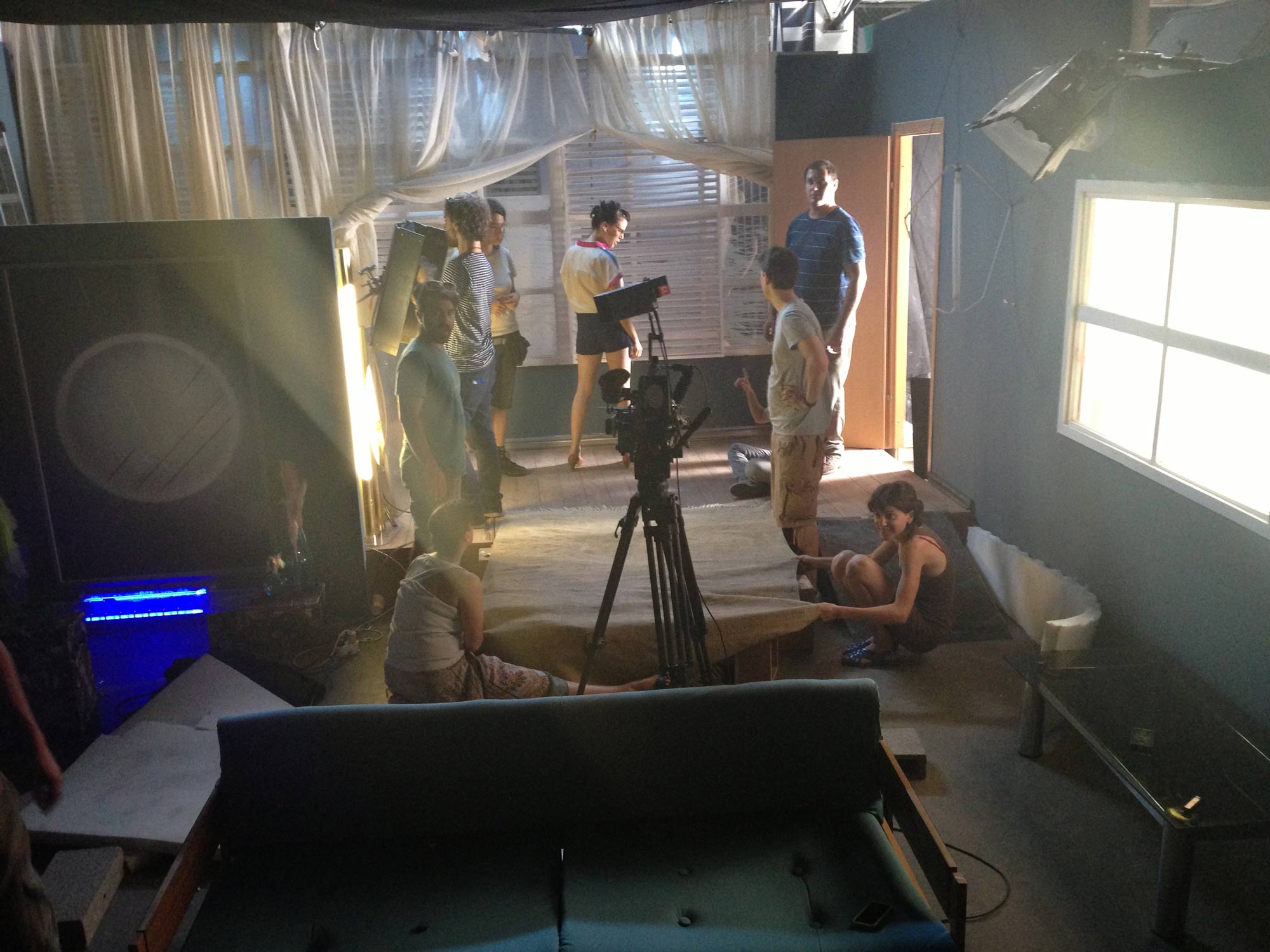

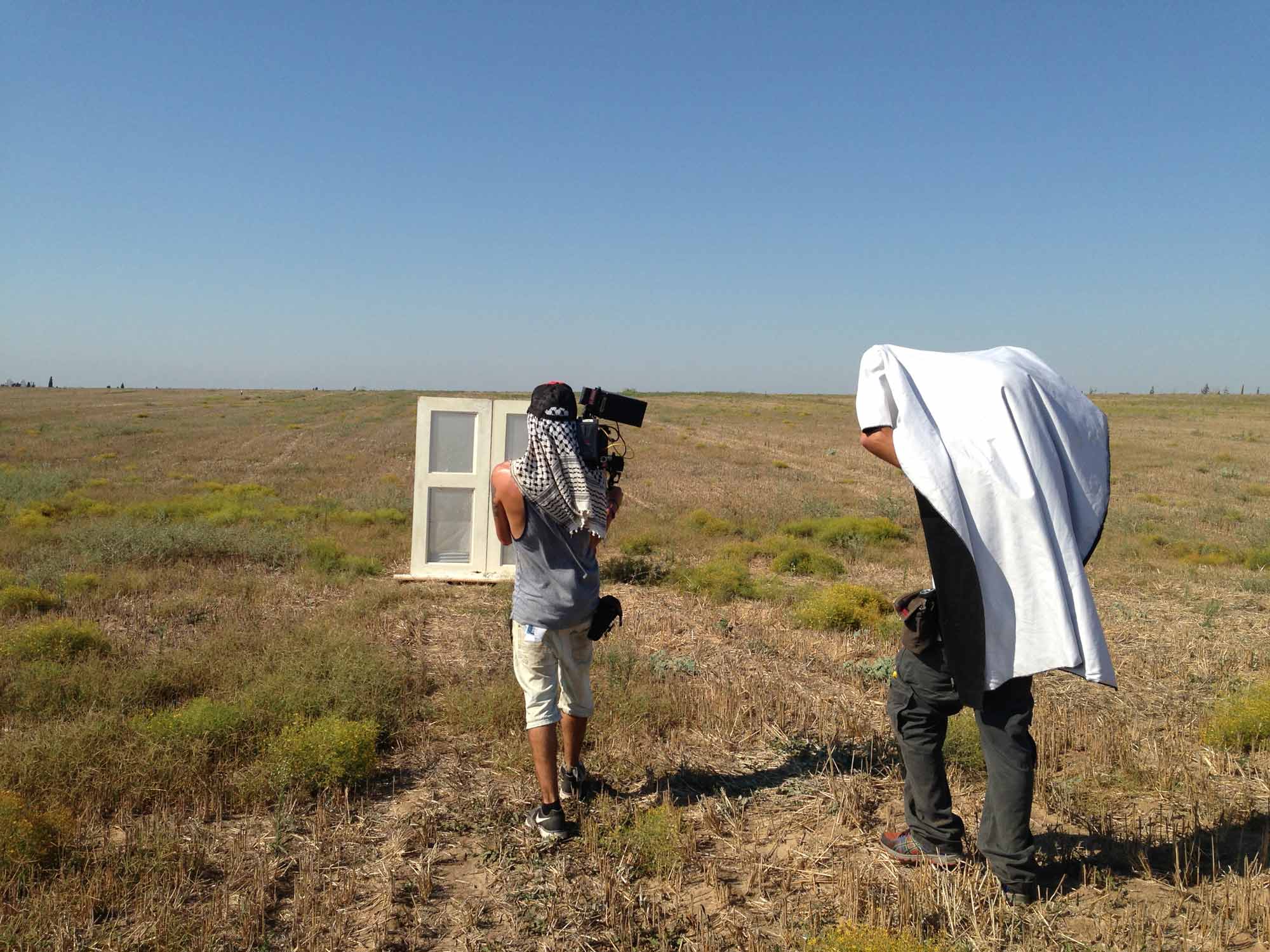

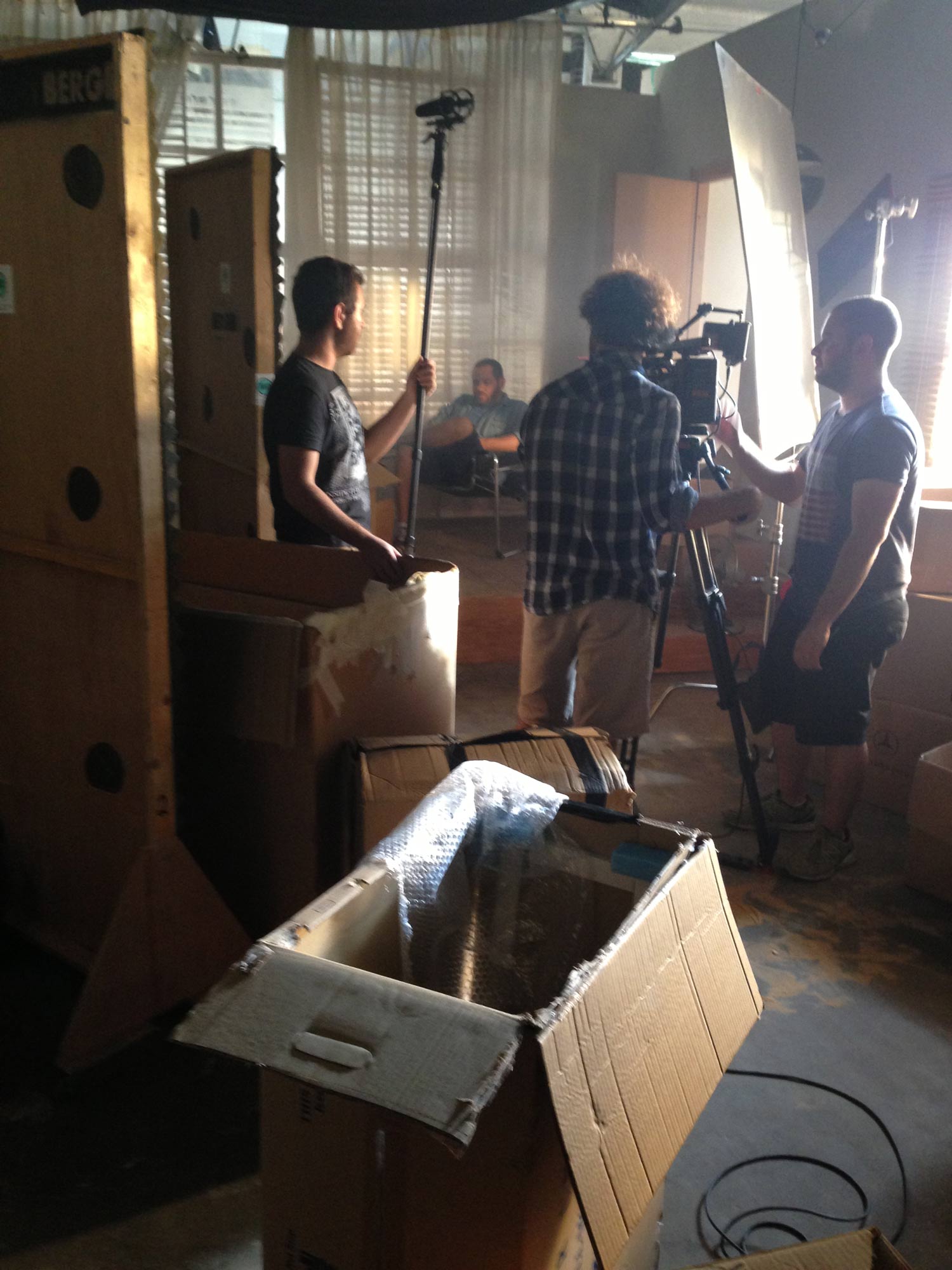

Post
Post production took about three weeks, VFX artist Roiy Nitsan buffed away all the roughness, mixing lo-fi effects with hi-fi effects. We used a mixed bag of effects: in-camera effects such as in-camera lighting changes, stop motion, building a custom made sofa with big hole in the middle of it, and more hi tech stuff, like green screen transitions, cleaning up the practical effects and stitching together shots to create continuous movement.
Music
Music plays a big part in the film, I used a lot of temp music during the editing. It’s hard not to get attached to your temp music but you have to let it go. Luckily composer Assa Raviv was on point to create a perfect score. Working with him meant letting go of the temp music and finding a new interpretation. Of course the general vibe of the temp remains: cold electronic happiness. The style of music shape shifts throughout the film, but with the same underlying basis – cheerfulness driven by synths.
What’s next?
If the Israeli summer doesn’t boil me out of existence, I plan on continuing to work on my script for my first feature film. I also direct commercials so I hope to continue doing fun and creative work in that department.

